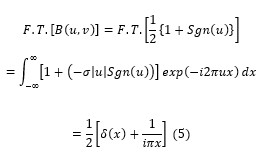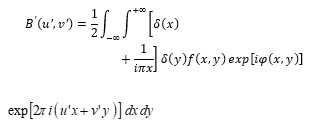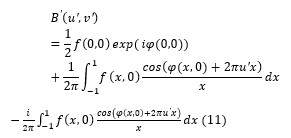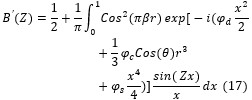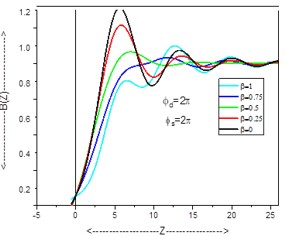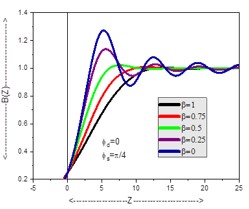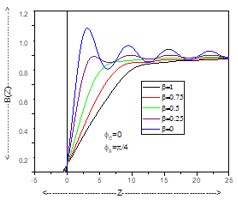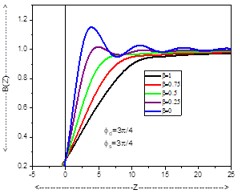Variable Apodization Method to Reduce The Effect of Edge Ringing of Aberrated Coherent Optical Systems
Shailaja P1*, Rao S2, Sagar D3,
DOI:10.61343/jcm.v1i02.28
1* P Shailaja, Department of Physics, Jawaharlal Nehru Technological University, Hyderabad, Telangana, India.
2 S Venkateshwara Rao, Department of Physics, Jawaharlal Nehru Technological University, Hyderabad, Telangana, India.
3 D Karuna Sagar, Optics Research Group, Department of Physics, Osmania University, Hyderabad, India.
The coherent edge imaging of optical systems apodised with amplitude filters has been studied. Edge ringing can be appreciably mitigated using the chosen amplitude filters. The analytical studies were made for circular aperture. It is found that this type of apodization is more useful in reducing the ringing effect and also there is a perceptible increase in the edge gradient. Hence these amplitude filters are found to be effective in enhancing the resolving power aspects of edge imaging characteristics of optical systems.
Keywords: Apodization, coherence, aberrations, edge imaging, imaging systems
| Corresponding Author | How to Cite this Article | To Browse |
|---|---|---|
| , , Department of Physics, Jawaharlal Nehru Technological University, Hyderabad, Telangana, India. Email: |
Shailaja P, Rao S, Sagar D, Variable Apodization Method to Reduce The Effect of Edge Ringing of Aberrated Coherent Optical Systems. J.Con.Ma. 2023;1(2):105-112. Available From https://jcm.thecmrs.in/index.php/j/article/view/28 |


 ©
© 
